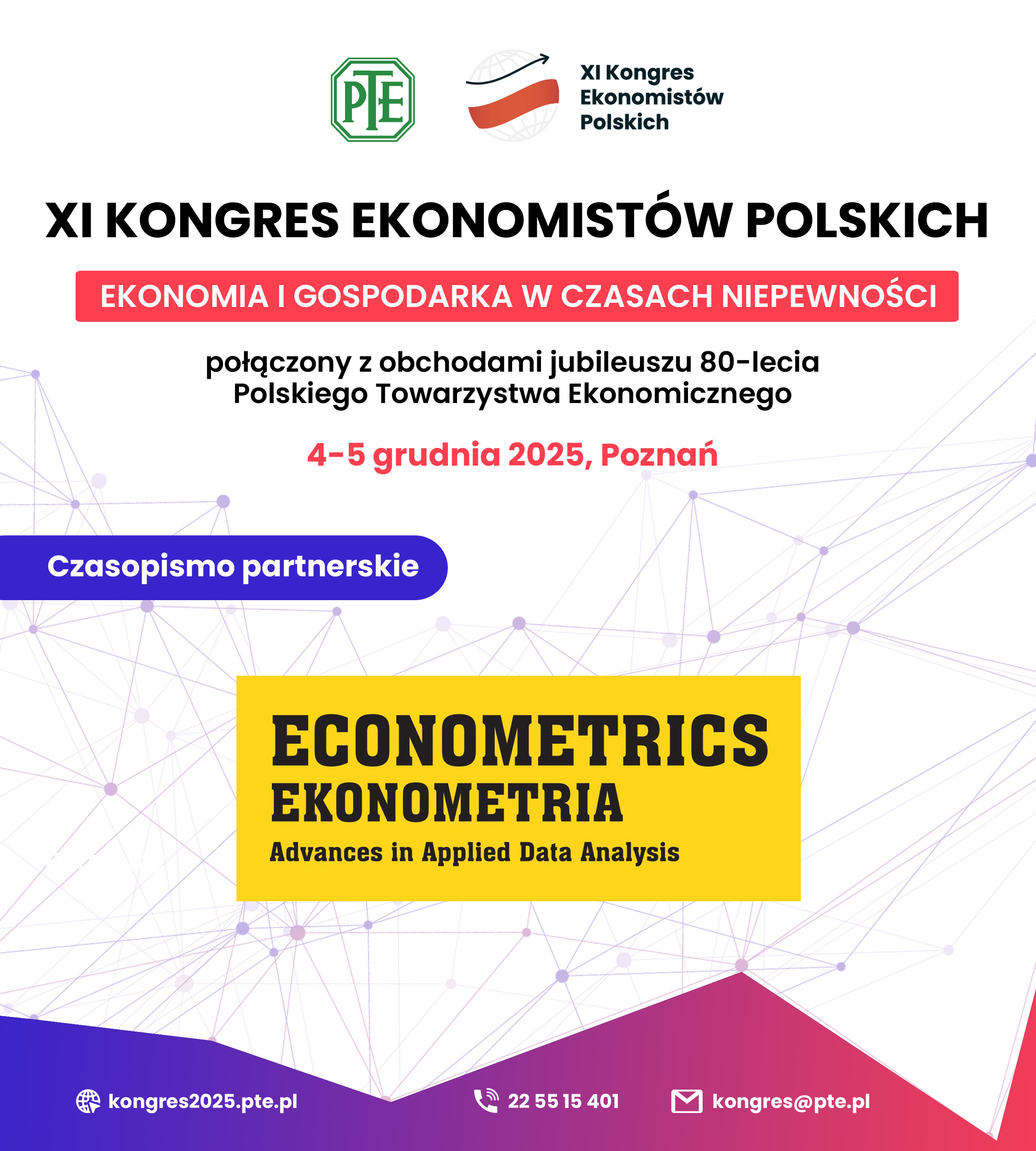A Review of the Binomial and Trinomial Models for Option Pricing and their Convergence to the Black-Scholes Model Determined Option Prices
Abstract
This paper reviews the binomial and trinomial option pricing models and their convergence to the Black-Scholes model result. These models are generalized for the European and American options. The trinomial models are said to be more accurate than the binomial when fewer steps are modelled. These models are widely used for the usual vanilla option types, European or American options, that respectively can be exercised only at the expiration date and at any time before the expiration date. The results are supportive of the conventional wisdom that trinomial option pricing models such as the Kamrad-Ritchken model and the Boyle model are converging faster than the binomial models. When binomial models are compared in terms of convergence, the most efficient model is the Jarrow-Rudd model. This paper concludes that improved binomial models such as the Haahtela model are converging faster to the BS model result. After some trials, binomial distribution follows log-normal distribution assumed by the Black-Scholes model.(original abstract)Downloads
Download data is not yet available.
Downloads
Published
2020-01-30
Issue
Section
Articles
License
Copyright (c) 2020 Dushko Josheski

This work is licensed under a Creative Commons Attribution-NonCommercial-NoDerivatives 3.0 Unported License.








